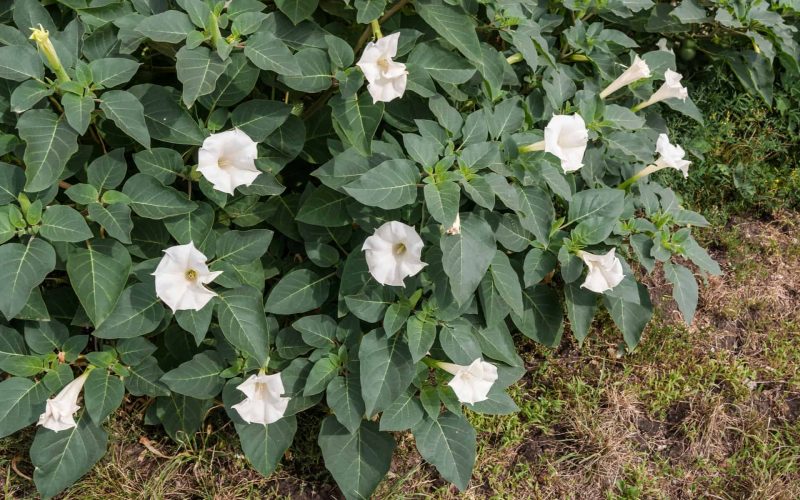Arizona has various plants that can be hazardous to humans and animals if proper precautions are not taken.
From the painful prickly pear cactus to the potentially deadly yucca plant, knowing which plants to look out for and how to handle them safely is essential.
Here, we will discuss Arizona’s ten most dangerous plants so that you can stay informed and safe outdoors.
1. Mormon Tea
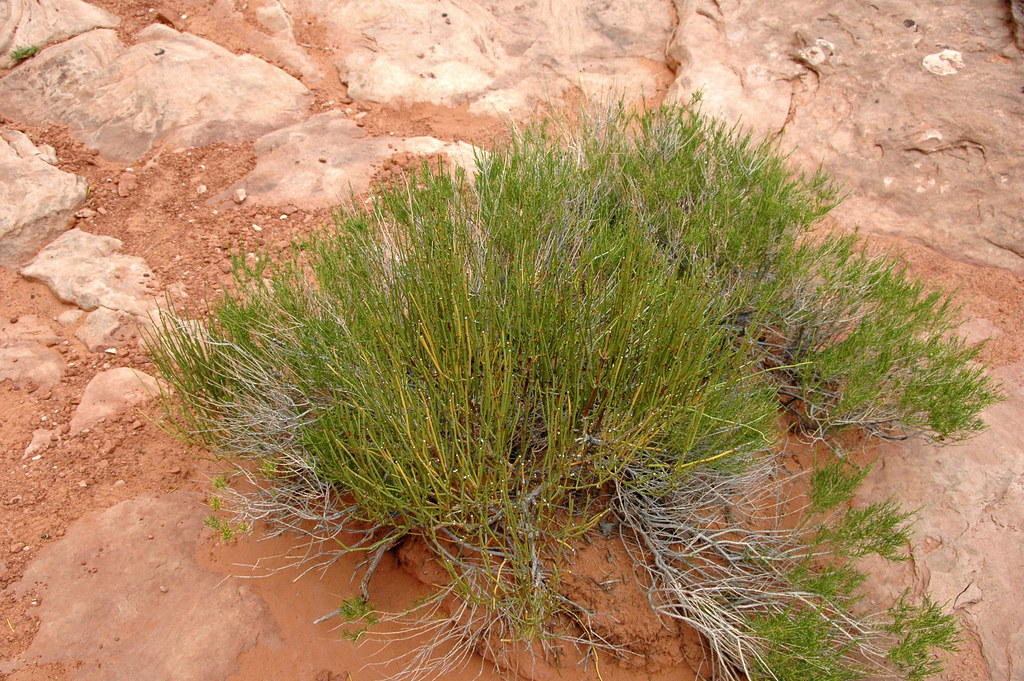
Mormon Tea is one of the most dangerous plants in Arizona. Although its name suggests it is safe for consumption, the plant is known to contain high levels of ephedrine, a stimulant that can cause serious side effects.
The plant is also known to contain other alkaloids that can be toxic to humans, including norephedrine, pseudoephedrine, and methamphetamine.
If ingested, Mormon Tea can cause various symptoms, including dizziness, nausea, rapid heartbeat, high blood pressure, and seizures.
The plant is often found in the wild and can be mistaken for other harmless plants.
Therefore, staying informed about these dangerous plants in Arizona is crucial, especially if you’re planning to spend time outdoors.
If you happen to come across Mormon Tea while hiking or exploring, keeping a safe distance and avoiding contact with the plant is essential.
Please do not attempt to ingest or touch the plant, which can lead to severe health consequences.
Stay safe and informed by familiarizing yourself with the most dangerous plants in Arizona.
2. Jimsonweed

Another one of the most dangerous plants in Arizona is the Jimsonweed, also known as Datura stramonium.
This plant is commonly found in open areas, fields, and roadsides.
The Jimsonweed has attractive trumpet-shaped white or purple flowers that bloom in summer and fall.
The plant contains alkaloids, which are toxic to humans and animals.
The Jimsonweed can cause hallucinations, confusion, and disorientation when ingested.
It can also cause dry mouth, blurred vision, and an increased heart rate.
In severe cases, it can lead to respiratory failure and death. Even inhaling the plant’s scent can irritate the eyes, nose, and throat.
It is essential to stay away from this plant and never consume it. If you or someone you know has ingested the Jimsonweed, seek medical attention immediately.
Be cautious when exploring areas with open spaces or along the roadside, as the Jimsonweed can quickly grow unnoticed.
It is always better to be safe than sorry, especially when dealing with the most dangerous plants in Arizona.
3. Mexican Bird of Paradise
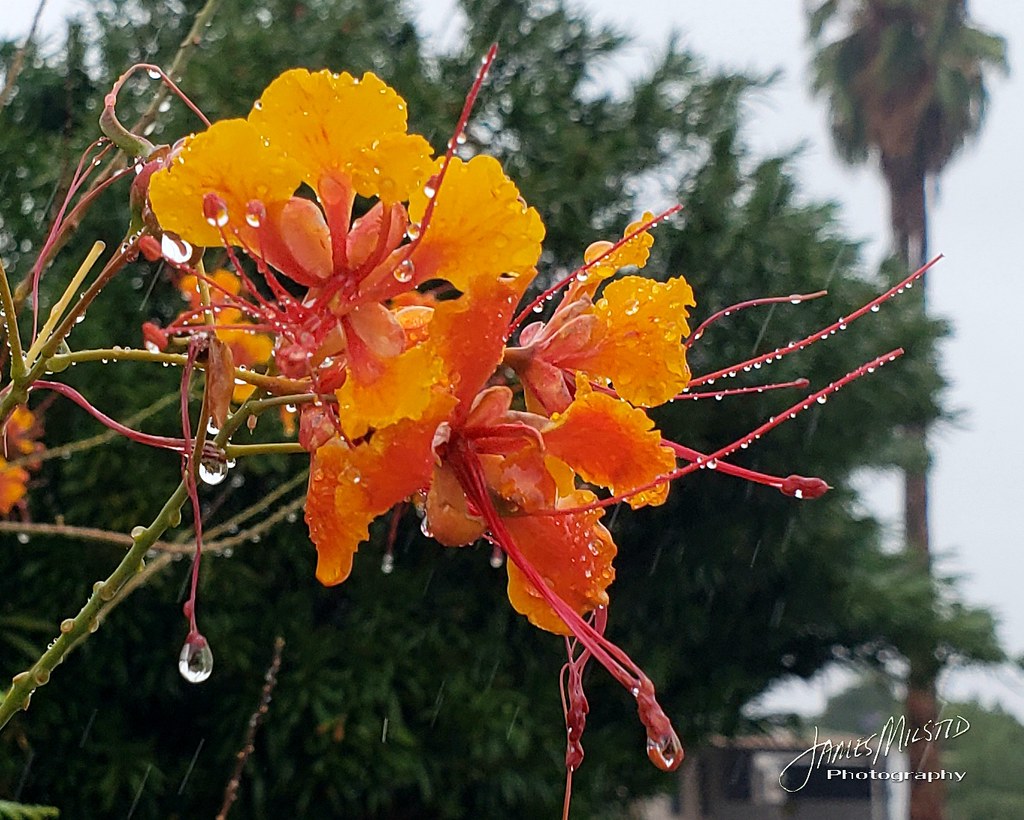
Mexican Bird of Paradise is a stunning plant known for its bright yellow and orange flowers.
It is commonly used in landscaping and gardening due to its beauty and resilience. However, this plant is not only beautiful but also dangerous.
Mexican Bird of Paradise contains toxic compounds that can cause severe symptoms if ingested.
If ingested, the plant’s seeds and pods are poisonous and can cause vomiting, diarrhea, and stomach cramps.
Moreover, the Mexican Bird of Paradise can also cause skin irritation if touched. Its leaves have small thorns that can cause a rash and itchiness.
If you have a Mexican Bird of Paradise in your garden, handle it carefully, wear gloves, and avoid direct contact with its leaves and pods.
Also, keep children and pets away from the plant. If you suspect someone has ingested any Mexican Bird of Paradise part, seek medical attention immediately.
4. Philodendron
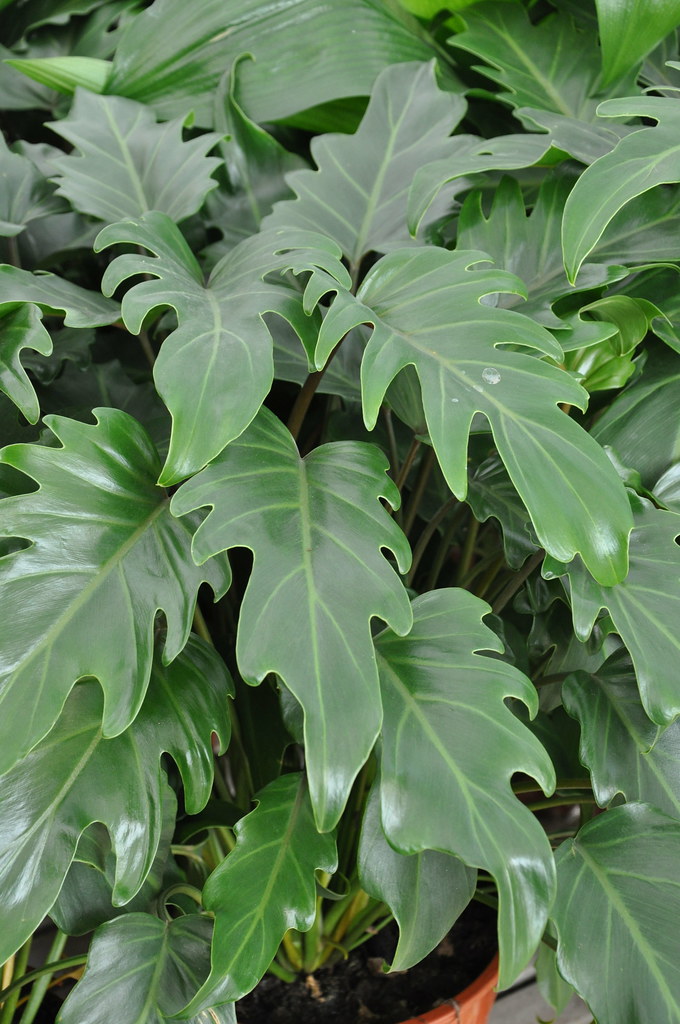
While the Philodendron may be known for its beautiful foliage, it is also considered one of the most dangerous plants in Arizona.
This plant contains oxalates, which can cause severe skin, mouth, and throat irritation if ingested or touched.
The effects of consuming Philodendron leaves or stems can range from mild discomfort to severe nausea and vomiting.
It is hazardous for pets and children who may not know better. To avoid the harmful effects of Philodendron, it is essential to keep this plant out of reach from children and pets.
It is also advisable to wear gloves when handling or pruning the plant. If ingested or touched, seek medical attention immediately.
It is important to note that while the Philodendron may be one of the most dangerous plants in Arizona, it is not the only one.
Always stay informed and aware of the potential dangers of plants in your area to ensure your safety and well-being.
5. Water Hemlock
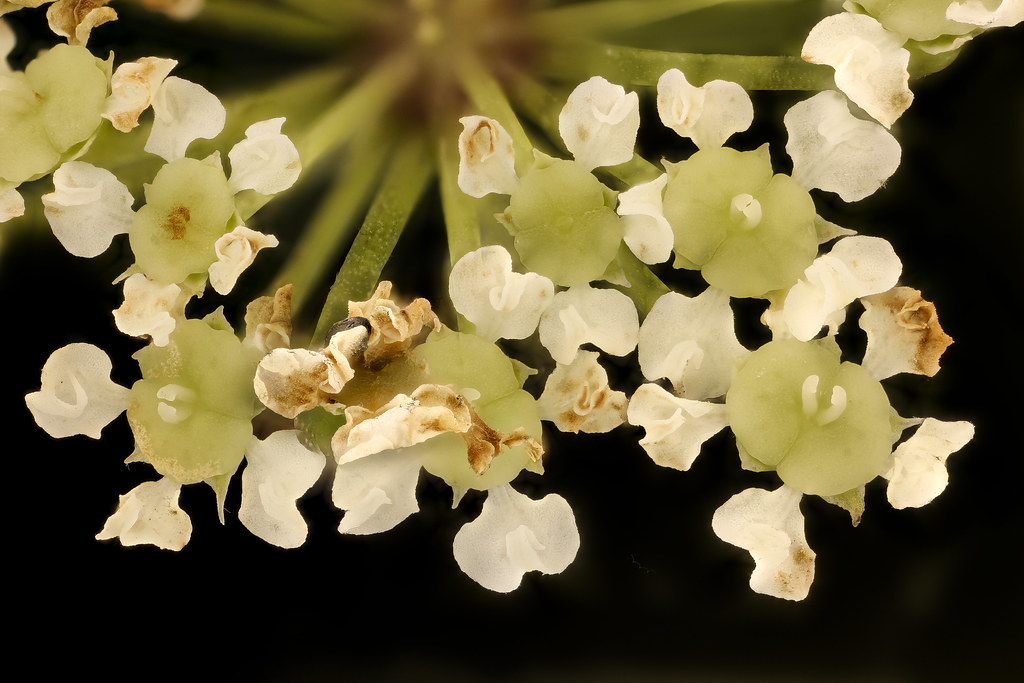
Water hemlock is one of the deadliest plants not only in Arizona but also in entire North America.
This plant can be found near wetlands, marshes, and other water bodies.
It is a perennial herb that grows up to six feet tall with hollow stems and clusters of white flowers.
All parts of the water hemlock plant are highly toxic and can cause death within hours of ingestion.
The toxins in the plant, such as cicutoxin and circuital, attack the central nervous system and cause violent seizures, convulsions, and respiratory failure.
The most dangerous aspect of water hemlock is that its roots often resemble those of edible plants, such as wild parsnips and wild carrots.
Ingesting just a small amount of the heart can be fatal. The water hemlock has been nicknamed “the death camas” due to its lethal nature.
Avoiding water hemlock at all costs and educating yourself and others about its potential danger is crucial.
If you come across this plant, keep your distance and do not touch it.
If you suspect that you or someone else has ingested water hemlock, seek immediate medical attention and call the Poison Control Center.
6. Sago Palm
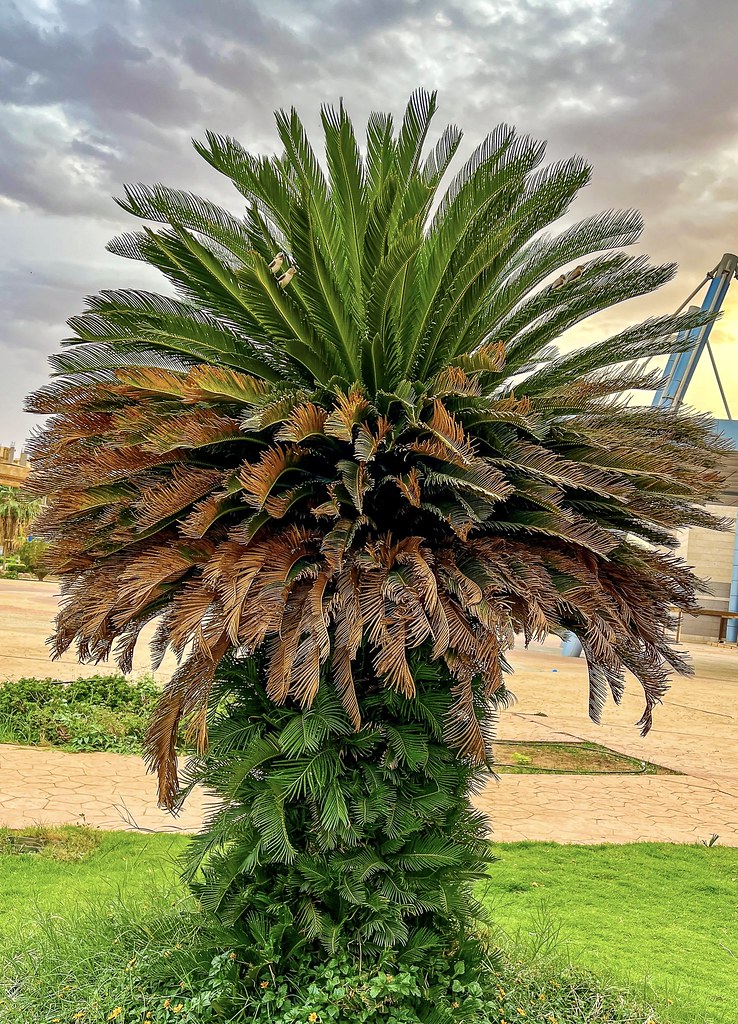
The Sago Palm is another one of the most dangerous plants in Arizona.
At the same time, it may not seem like a typical poisonous plant, but the Sago Palm contains toxins that can cause serious harm if ingested.
All parts of the plant, including the leaves, seeds, and roots, contain these toxins and can cause liver failure if consumed.
It is important to note that the Sago Palm is commonly used as an ornamental plant in gardens and homes, so it is essential to be aware of its potential dangers.
Even small amounts of the plant can cause harm to children and pets, so it is best to keep them away from the plant altogether.
If you suspect you or someone you know has ingested any part of the Sago Palm, seek medical attention immediately.
Poisoning symptoms include vomiting, diarrhea, abdominal pain, and, in severe cases, seizures and coma.
Overall, the Sago Palm is just one example of the many dangerous plants found in Arizona.
By staying informed and aware of their potential risks, you can stay safe while enjoying the beautiful landscapes of this southwestern state.
7. Poison Hemlock
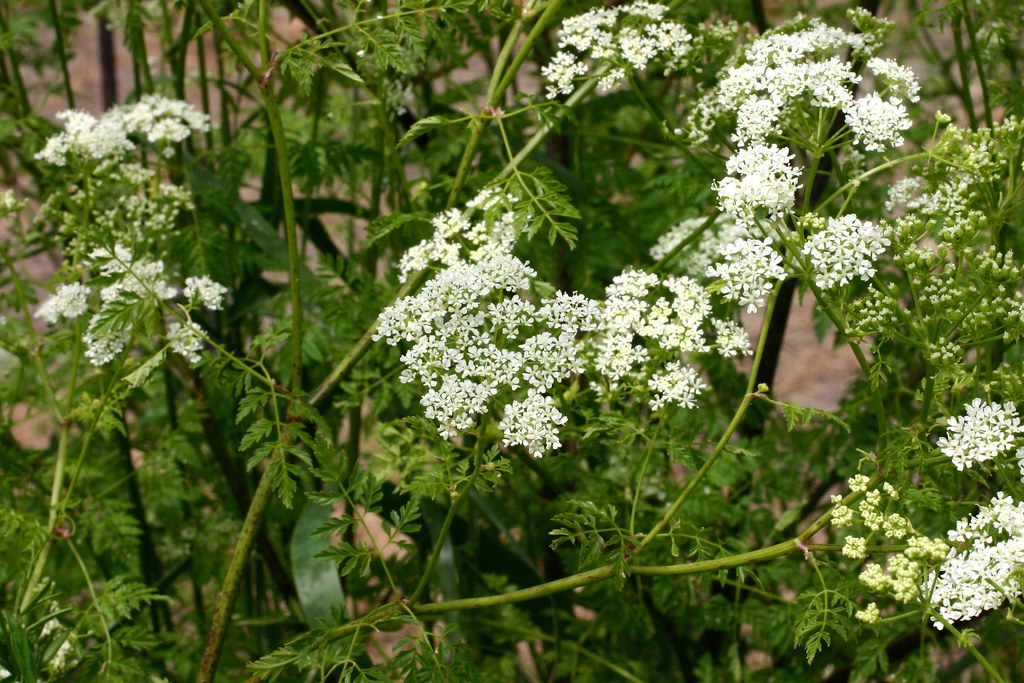
One of the most toxic plants in Arizona is the Poison Hemlock.
It is an invasive species often mistaken for wild carrot, parsley, or fennel, which can be dangerous for people and animals.
All parts of the plant contain a toxin called coniine that can cause paralysis, convulsions, and eventually death if ingested in large quantities.
The Poison Hemlock plant is tall, green, and bushy with white, umbrella-like flowers.
It is typically found near streams, ditches, and fields, but it can also be seen growing on roadsides and in parks.
The plant is highly poisonous, even if only small amounts are ingested.
Symptoms of Poison Hemlock poisoning can vary depending on the level of toxicity and the amount ingested.
The initial symptoms include stomach pain, nausea, vomiting, and diarrhea, followed by a rapid heartbeat, dizziness, tremors, and convulsions. If left untreated, the toxin can cause respiratory failure and death.
If you suspect you have come into contact with Poison Hemlock, seek medical attention immediately.
It is essential to remember that the plant is dangerous for humans, livestock, and wildlife. Be aware of this plant, and always be cautious when exploring nature in Arizona.
8. Candelabras Cactus
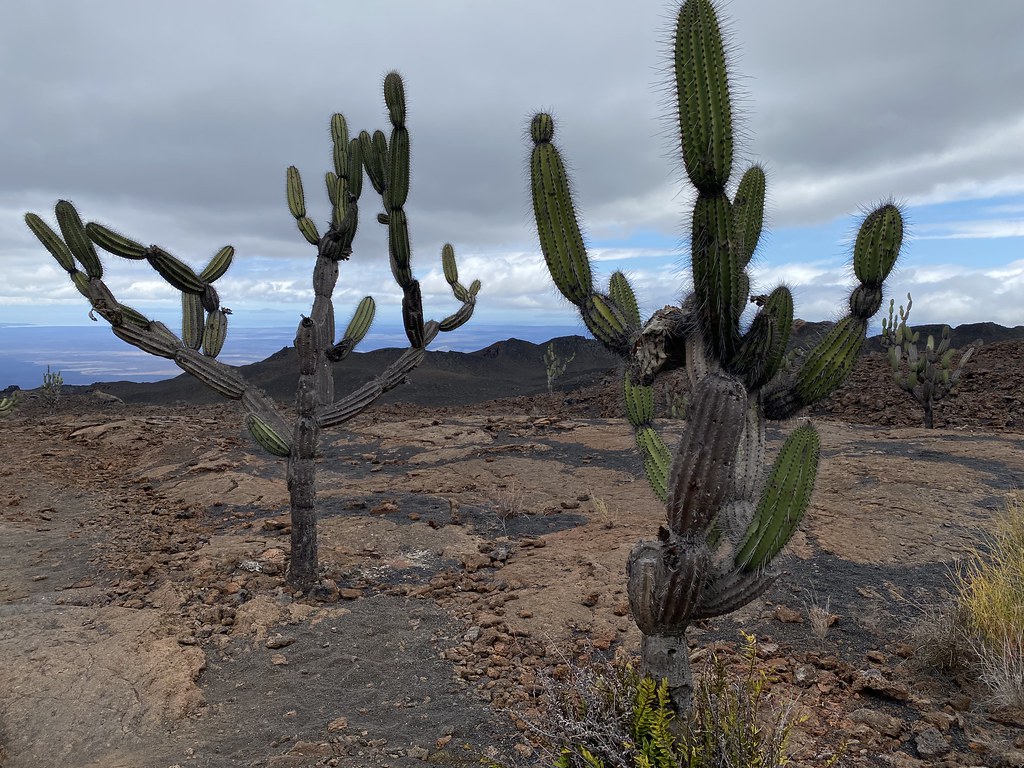
One of the most dangerous plants in Arizona is the Candelabras Cactus. This cactus is known for its towering size and impressive display of colorful flowers.
However, this plant can be deadly if mishandled despite its beauty.
The Candelabras Cactus has sharp spines that can pierce through the skin and cause painful infections.
These spines can also easily detach and become airborne, leading to accidental inhalation or ingestion.
Ingesting the plant can cause severe stomach pains, nausea, and vomiting.
Moreover, the plant’s sap can cause skin irritation and even blindness if it comes in contact with the eyes.
If you come across this cactus, it is best to admire it from a distance and avoid touching it. If you accidentally get pricked, seek medical attention immediately.
It’s important to note that the Candelabras Cactus is protected under Arizona law, and harvesting or damaging the plant is illegal.
So, let’s stay safe and respect Arizona’s beautiful yet potentially deadly flora.
9. Oleander
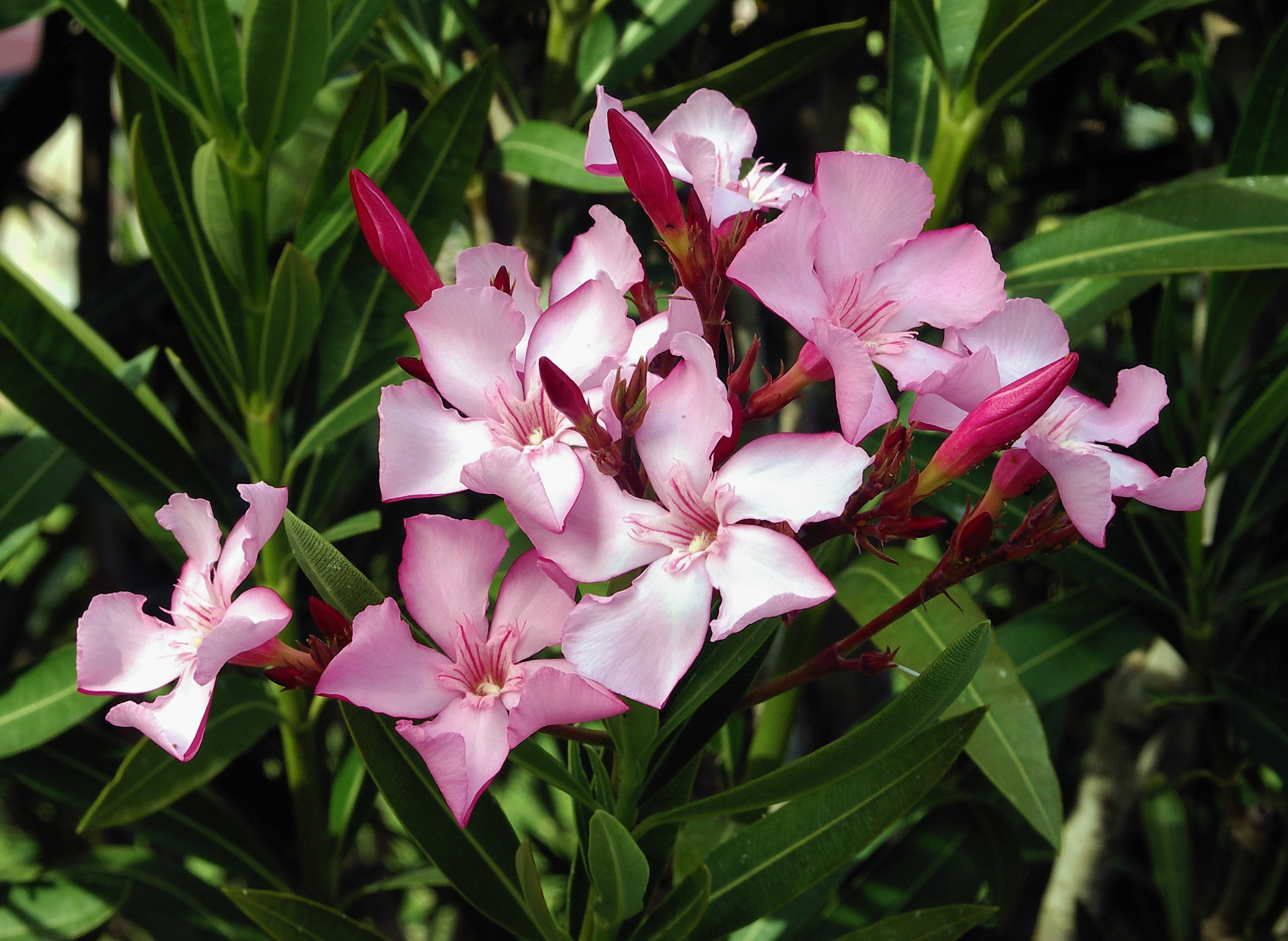
Another highly toxic plant that is common in Arizona is Oleander.
This plant is famous for its beautiful and vibrant flowers, which come in various colors, including white, pink, and red.
However, it’s important to remember that every part of this plant is highly poisonous, including its leaves, flowers, stems, and sap.
The toxins in the Oleander can cause severe symptoms such as vomiting, diarrhea, seizures, irregular heartbeat, and even death if ingested in large amounts.
It’s crucial to keep children and pets away from the plant and to avoid using the leaves or stems in floral arrangements or as firewood.
If you suspect someone has ingested or come into contact with Oleander, seek medical attention immediately.
Symptoms may not show up immediately, so acting quickly is essential.
It’s important to note that while Oleander is a dangerous plant, it can also be used for medicinal purposes in small doses.
However, this should only be done under the guidance of a qualified healthcare professional.
10. Castor Bean
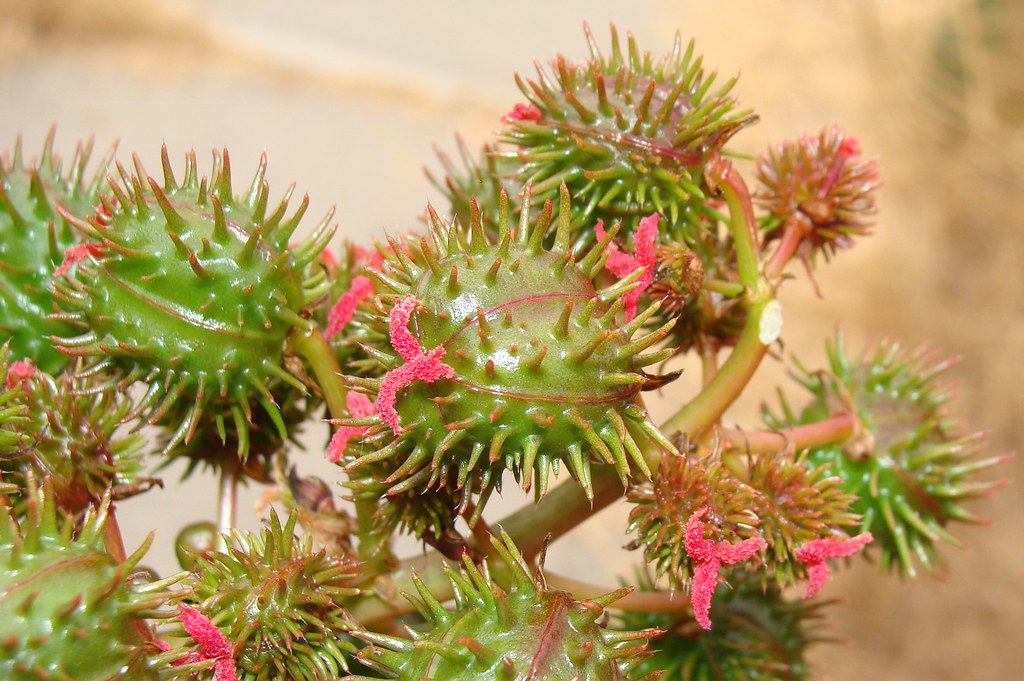
Castor Bean, scientifically known as Ricinus communis, is one of the most dangerous plants in Arizona due to its poisonous seeds.
While the castor plant is native to the Mediterranean region, it grows throughout Arizona, especially in urban areas.
The castor plant is known for its large and attractive leaves, making it a popular ornamental plant.
However, the seeds contain ricin, a highly toxic protein that can cause severe illness or even death if ingested.
The seeds have a hard, spiny outer layer that can cause injury if mishandled, making them a threat to humans and pets.
Symptoms of ricin poisoning include abdominal pain, vomiting, diarrhea, dehydration, seizures, and even respiratory failure.
If you suspect that you or someone else has ingested castor bean seeds, seek medical attention immediately.
To prevent accidental ingestion, it is recommended to avoid growing castor beans in your garden and to keep an eye out for them in public spaces.
Keeping children and pets away from the plant and its seeds is also essential.
11. Dumb Canes

The Dumb Cane is another dangerous plant that grows in Arizona.
This plant contains oxalate crystals, which can cause swelling, burning sensations, and difficulty swallowing.
The sap from this plant is particularly harmful and can cause severe reactions if it comes into contact with the eyes, skin, or mouth.
The plant is also known as Dieffenbachia, and it is a common houseplant that can be found in many homes across the United States.
It’s important to note that children and pets are particularly vulnerable to the harmful effects of the Dumb Cane, and it’s essential to keep them away from this plant.
Symptoms of exposure to the Dumb Cane include vomiting, diarrhea, and a burning sensation in the mouth.
If you or someone you know has been exposed to this plant, seek medical attention immediately.
In severe cases, exposure to the Dumb Cane can lead to respiratory distress and even death. Overall, it’s best to avoid handling this plant altogether.
Wear protective gloves and clothing if you need to remove them from your home.
Always wash your hands thoroughly after coming into contact with this plant, and seek medical attention if you experience any symptoms of exposure.
12. Carolina Jessamine
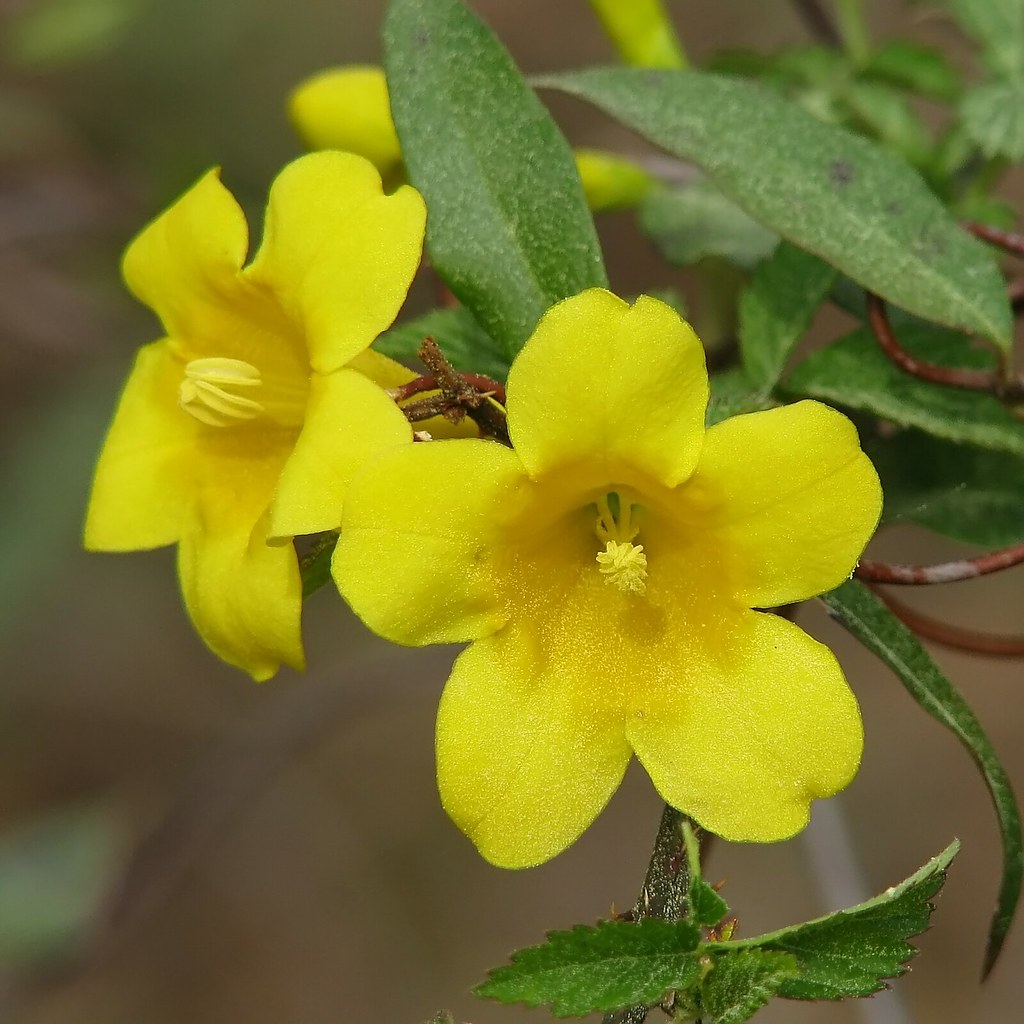
Carolina Jessamine, also known as yellow jasmine, is a common ornamental plant in Arizona.
Despite its beautiful appearance, ingesting this plant can be highly toxic to humans and animals.
The Carolina Jessamine contains a toxin called gelsemine, which can cause symptoms, including vomiting, diarrhea, convulsions, and even death.
The plant is so toxic that just a few leaves can kill small children or pets.
The most common way humans and animals are exposed to the Carolina Jessamine toxin is through ingestion.
However, contact with the plant can also cause skin irritation in some individuals.
If you suspect that you or someone you know has ingested Carolina Jessamine, it is essential to seek medical attention immediately.
To prevent accidental exposure to Carolina Jessamine, keep the plant out of reach of children and pets and wear gloves when handling it.
If you have Carolina Jessamine growing in your yard, it is recommended that you remove it and dispose of it safely to prevent accidental ingestion or contact.
Remember, knowledge is the key to staying safe. By being aware of the dangers of plants like Carolina Jessamine, you can take steps to protect yourself and those around you. Stay safe and informed!
13. Lantana
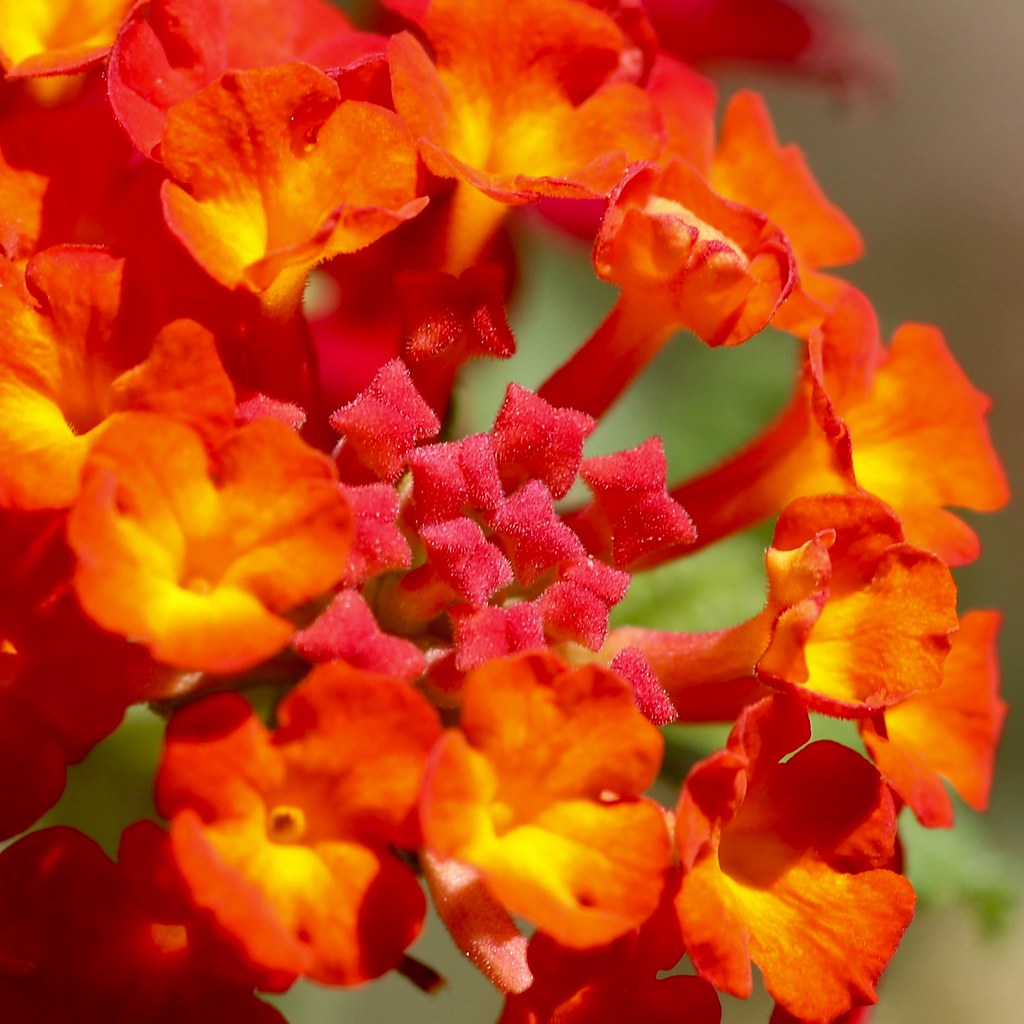
Lantana is a colorful shrub native to Central and South America but is commonly found throughout Arizona as an ornamental plant.
While its vibrant flowers may seem harmless, Lantana is considered one of Arizona’s most dangerous plants.
The leaves and berries of Lantana contain toxins that can cause severe gastrointestinal distress, muscle weakness, and respiratory failure if ingested.
In addition, contact with the sap of the plant can cause a rash or blisters on the skin.
Lantana is also considered an invasive species, which can crowd out native plant species and disrupt local ecosystems.
Its berries attract birds, which can spread the plant even further.
If you encounter Lantana, avoiding touching the plant and keeping pets and children away is best.
If you have Lantana in your yard, consider removing it and planting a native species instead.
As with all of the most dangerous plants in Arizona, it’s essential to stay informed and aware of staying safe.
Conclusion
Always be aware of your surroundings and their potential dangers, especially regarding flora and fauna in Arizona.
In this post, we have highlighted the ten most dangerous plants in Arizona, including the Mormon Tea, Jimsonweed, Water Hemlock, Sago Palm, Poison Hemlock, Candelabras Cactus, Oleander, Castor Bean, Dumb Canes, and Carolina Jessamine.
While some plants may look harmless, they can cause severe harm or even death if ingested or mishandled.
Therefore, it’s essential to educate yourself and others about the dangers of these plants, especially if you plan on exploring the great outdoors in Arizona.
Always wear protective clothing and gloves when handling plants, and never consume any plant unless you are 100% certain of its safety.
By staying informed and cautious, you can ensure your safety while enjoying all of Arizona’s natural beauty. Stay safe!




